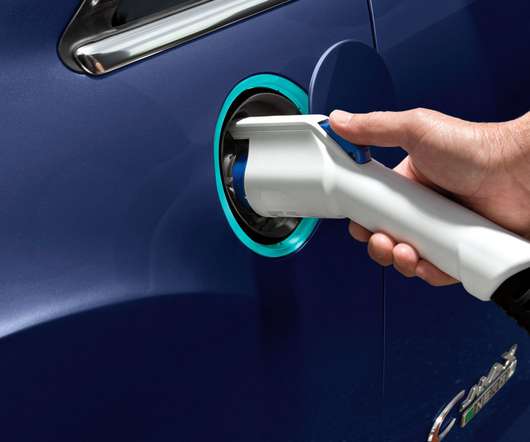Researchers propose evaluating alt fuel efficiency based on energy rather than volume; impact of ethanol on vehicle efficiency and GHGs
Green Car Congress
MAY 17, 2013
Relative changes in vehicle energy efficiency (VEE) (km/MJ) on ethanol/gasoline blends over those on gasoline for different blending levels. Several recent highly cited LCAs that have incorporated vehicle efficiency differences between gasoline and ethanol/gasoline blends could potentially be misleading. Click to enlarge.























Let's personalize your content